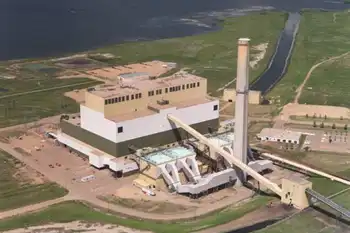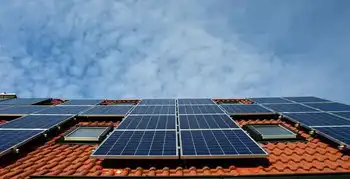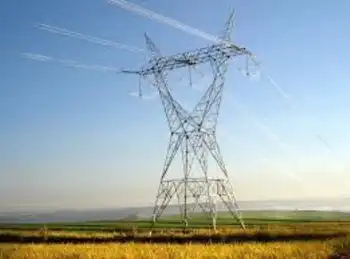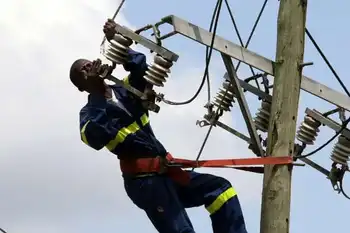PG&E presents energy storage agreements
By Pacific Gas and Electric Company
NFPA 70e Training
Our customized live online or in‑person group training can be delivered to your staff at your location.

- Live Online
- 6 hours Instructor-led
- Group Training Available
Storage is expected to play an increasingly important role for California utilities as they work to achieve the states ambitious clean energy goals. By the end of 2015, PG&E forecasts that about 30 percent of its retail electric deliveries will come from renewable sources. Energy storage will help integrate many of those resources, such as wind and solar, which are intermittent or provide peak output during times of low demand.
Energy storage has been a part of PG&E's power mix for decades, starting with the HelmÂ’s Hydroelectric Facility and continuing with pilot projects such as the 2MW Battery Storage Pilot at the Vacaville Substation and the 4MW Yerba Buena Battery Energy Storage System located on the property of Silicon Valley storage technology company HGST.
In December 2014, PG&E issued a request for offers RFO to solicit proposals for energy storage projects. In addition to third-party owned storage offers, PG&E issued a list of five distribution substations where it would like to consider energy storage projects on distribution circuits to defer distribution investments. PG&E also identified three sites where it owns and operates solar photovoltaic facilities where energy storage could be added.
Fong Wan, PG&E senior vice president for Energy Policy and Procurement, said he was pleased with the first list of projects, and the role storage will play as PG&E works to meet renewable energy and storage goals.
"PG&E supports the state's efforts to enable energy storage to play its appropriate role in the California electric grid to support the integration of utility scale and customer connected renewables, and is excited to take this first step in implementing these goals," Wan said.
Over the last 12 months PG&E staff reviewed applications from numerous vendors interested in participating in the storage market. In selecting offers for storage projects, PG&E looked for projects which met at least one of three goals – grid optimization, renewable energy integration and greenhouse gas reduction.
The seven projects selected include four Lithium Ion Battery projects, two Zinc/Air Battery storage facilities and one Flywheel project, a first for PG&E. Flywheel technology uses kinetic energy to store energy and later supply that energy to the grid.
The first projects are due to come online in May of 2017.











